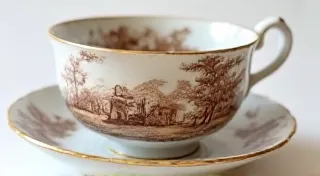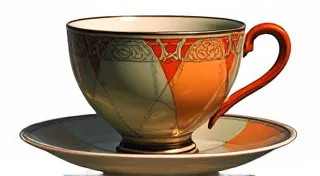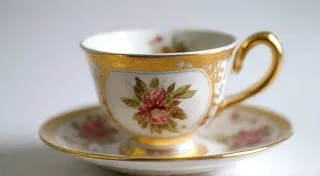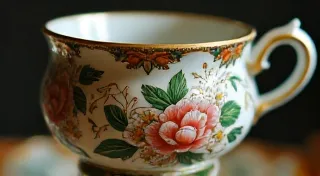Lost & Found Marks: Uncommon Tea Cup Manufacturers
Identifying antique tea cups can be a delightful journey, often leading to surprising discoveries about their history and origins. While familiar names like Wedgwood, Royal Albert, and Shelley are relatively easy to spot, many tea cups bear marks that are far more elusive – "lost" or uncommon marks representing manufacturers who operated for brief periods, were absorbed by larger companies, or simply faded from prominence. This article aims to shed some light on these enigmatic marks, offering clues for collectors seeking to unearth these treasures.
The Challenge of Lost Marks
Several factors contribute to these marks being considered "lost." Records from smaller potteries are often incomplete or nonexistent. Company names were sometimes altered or shortened over time, making accurate identification difficult. Furthermore, some marks were used briefly and then abandoned, leaving scant documentation.
Notable Uncommon Manufacturers & Marks
Let’s explore a few examples of tea cup manufacturers with challenging or obscure markings. Remember, identification can involve a combination of mark analysis, shape characteristics, glaze types, and decorative styles.
1. T.F. Harris & Co. (Chelsea, MA)
Operating from the late 1880s to the early 1900s, T.F. Harris & Co. produced a variety of wares, often imported decoration on blanks. Their marks are typically small and simply state “T.F. Harris & Co.” without location identifiers. The quality of the china varied widely, making authentication based solely on the mark difficult. Look for subtly aged, slightly worn marks. The pieces frequently exhibit a transfer-printed floral design.
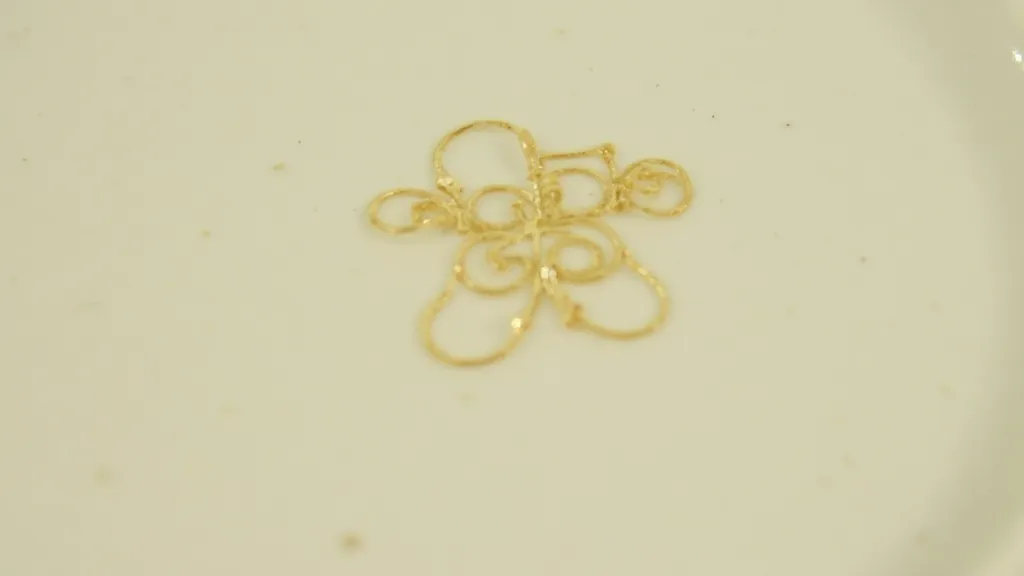
2. J. & E. Adie (Bristol, England)
This Bristol-based firm was a wholesaler and importer of china, rather than a manufacturer themselves. They often retailed pieces made by other potteries, applying their own marks. Their marks frequently appear as "J & E Adie" or variations thereof. Identifying the original manufacturer of the cup itself can be extremely difficult, relying heavily on stylistic analysis and detailed comparison with known patterns. Pieces often have elaborate gilding.
3. The Paragon China Company (Limited) – Early Marks
While Paragon is a recognized name, their very early marks (pre-1920s) can be tricky. Initially, they used marks that were less detailed and sometimes inconsistent. Look for marks that lack the later, more elaborate company name variations. These marks often identify the pattern number, which can be a key identifier. Careful comparison with Paragon pattern books is essential.
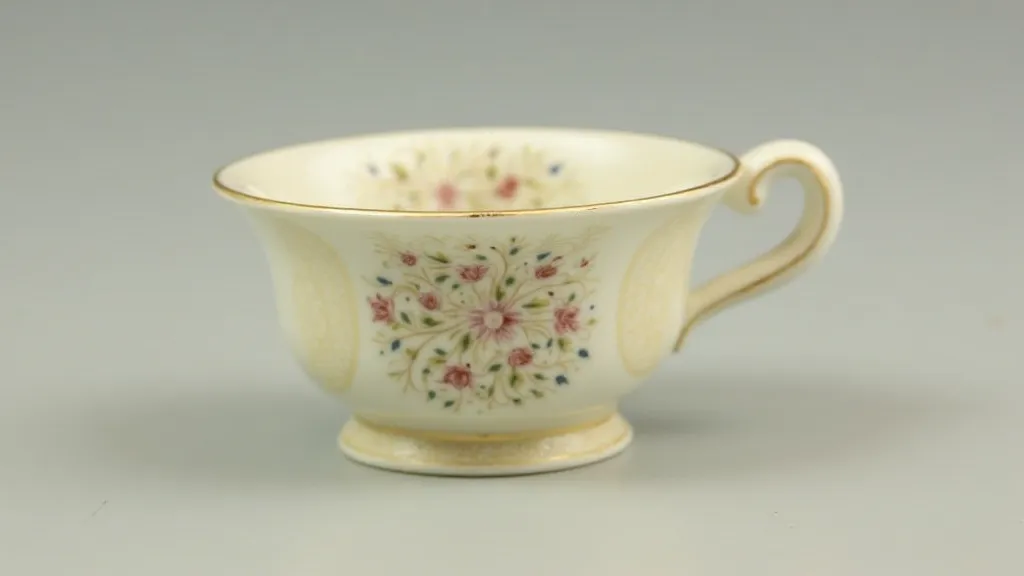
4. W.H. Davenport & Co. (Longton, Staffordshire)
This potteries mark appears on many pieces, often bearing a ‘WD’ or ‘W.H. Davenport & Co’ mark. Davenport & Co. later became part of the Royal Albert group, and finding specific details about their pre-merger production is difficult. Pieces from this company often feature detailed hand-painted floral designs.
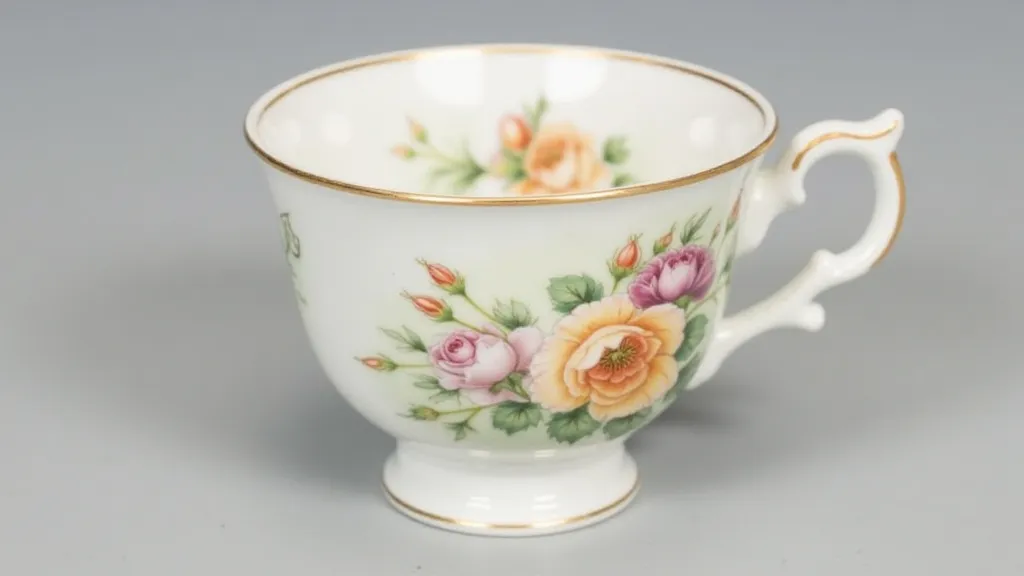
Tips for Identifying Lost Marks
- Study the Mark's Shape and Font: The style of lettering and the mark’s overall design can offer clues about the era and potential manufacturer.
- Examine the Quality of the China: While not always definitive, the quality of the clay body and glaze can sometimes narrow down the possibilities.
- Research Transfer Printed Patterns: Many smaller potteries used transfer-printed designs sourced from pattern books. Identifying these patterns can link the cup to a known supplier.
- Consult with Experts: Online forums and antique dealers specializing in china can provide valuable insights.
- Compare to Known Examples: Thoroughly compare the mark and cup characteristics to those of known manufacturers and patterns.
Unraveling the mysteries of lost marks is a rewarding aspect of collecting antique tea cups. By combining careful observation, diligent research, and a bit of detective work, you can add these intriguing pieces to your collection and appreciate the often-overlooked history they represent.

